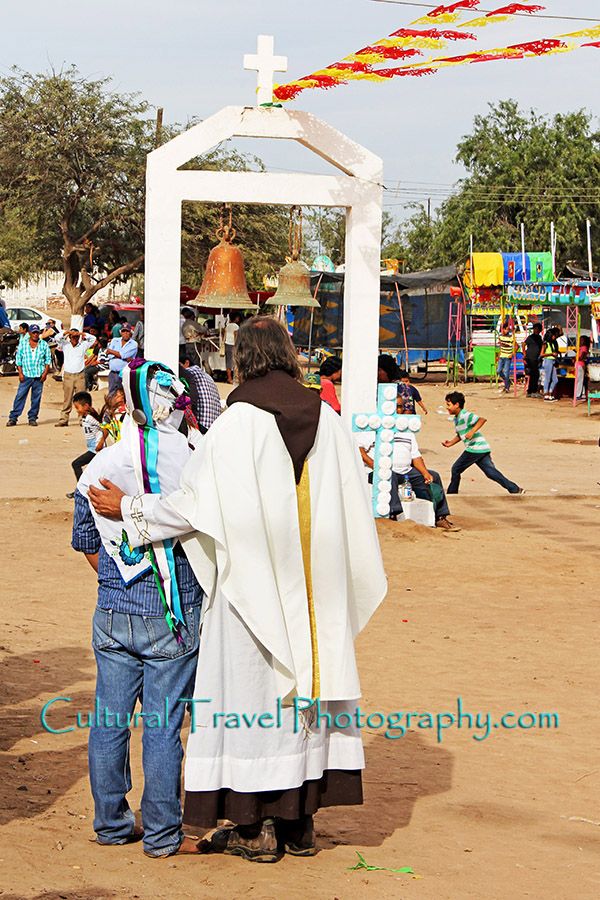Considerations for Cultural Travel Photography
Cultural travel photography is a fascinating and rewarding endeavor that allows you to capture the essence of different cultures, people, and places. However, it comes with responsibilities and considerations to ensure that your photography respects the cultures and individuals you encounter. Here are some important considerations for cultural travel photography:
Respect for Local Customs and Traditions
Always research and be aware of the customs, traditions, and taboos of the culture you are photographing. Avoid taking photos of sensitive or sacred rituals without proper permission.
Informed Consent
Obtain explicit consent from people you intend to photograph, especially if they are the primary subject. This can be as simple as holding up your camera to ask if you may take a picture of the subject. If possible, explain your intentions, and respect their decision if they decline.
Privacy and Dignity
Be mindful of people’s privacy and dignity. Avoid intrusive or exploitative shots that might embarrass or demean individuals. The objective of your photo shoot should be to make subjects appear favorably, not to catch someone in a potentially embarrassing moment.
Child Photography
When photographing children, seek permission from their parents or guardians. Be extra cautious to ensure the safety and well-being of the children involved.
Engage with the Locals
Take the time to connect with the people you want to photograph. Building rapport can result in more genuine and relaxed photos.
Learn Basic Phrases
Learning a few basic phrases in the local language can go a long way in establishing rapport and showing respect.
Research Local Laws and Regulations
Understand the local laws and regulations regarding photography, as they vary from place to place. Some areas may have restrictions on photography in certain locations.
Use Discretion in Sensitive Areas
In politically or culturally sensitive areas, exercise extreme caution. Avoid taking photos of military personnel, government buildings, or sensitive infrastructure.
Capture the Essence
Aim to tell a story about the culture and its people rather than just capturing tourist snapshots. Look for moments that convey the daily life, traditions, and emotions of the people.
Ask for Help or Guidance
If you are unsure about cultural norms or the appropriateness of taking a photo, ask for guidance from a local or a guide who understands the area’s customs.
Be Mindful of Your Equipment
Large and intrusive camera equipment can sometimes make people uncomfortable. Consider using smaller or more discreet gear when appropriate.
Share the Story Behind the Photo
When sharing your photographs, provide context and share the story behind the image. This can help viewers better understand and appreciate the culture and the people in the photo.
Give Back to the Community
Consider giving back to the communities you photograph. Support local businesses, share your photos with the people you’ve photographed, or donate to local charities if possible.
Respect for Sacred Sites and Artifacts
When photographing religious or sacred sites, be respectful of the rules and customs. Avoid disrupting religious ceremonies and rituals.
Practice Ethical Photo Editing
While post-processing, avoid altering images in a way that misrepresents the reality of the scene or the people. Maintain the authenticity of the cultural experience.
Conclusion
Remember that cultural travel photography should be a means of fostering understanding and appreciation of different cultures. Approach it with humility, empathy, and a genuine interest in the people and places you encounter, and your photographs will reflect that respect and curiosity.

